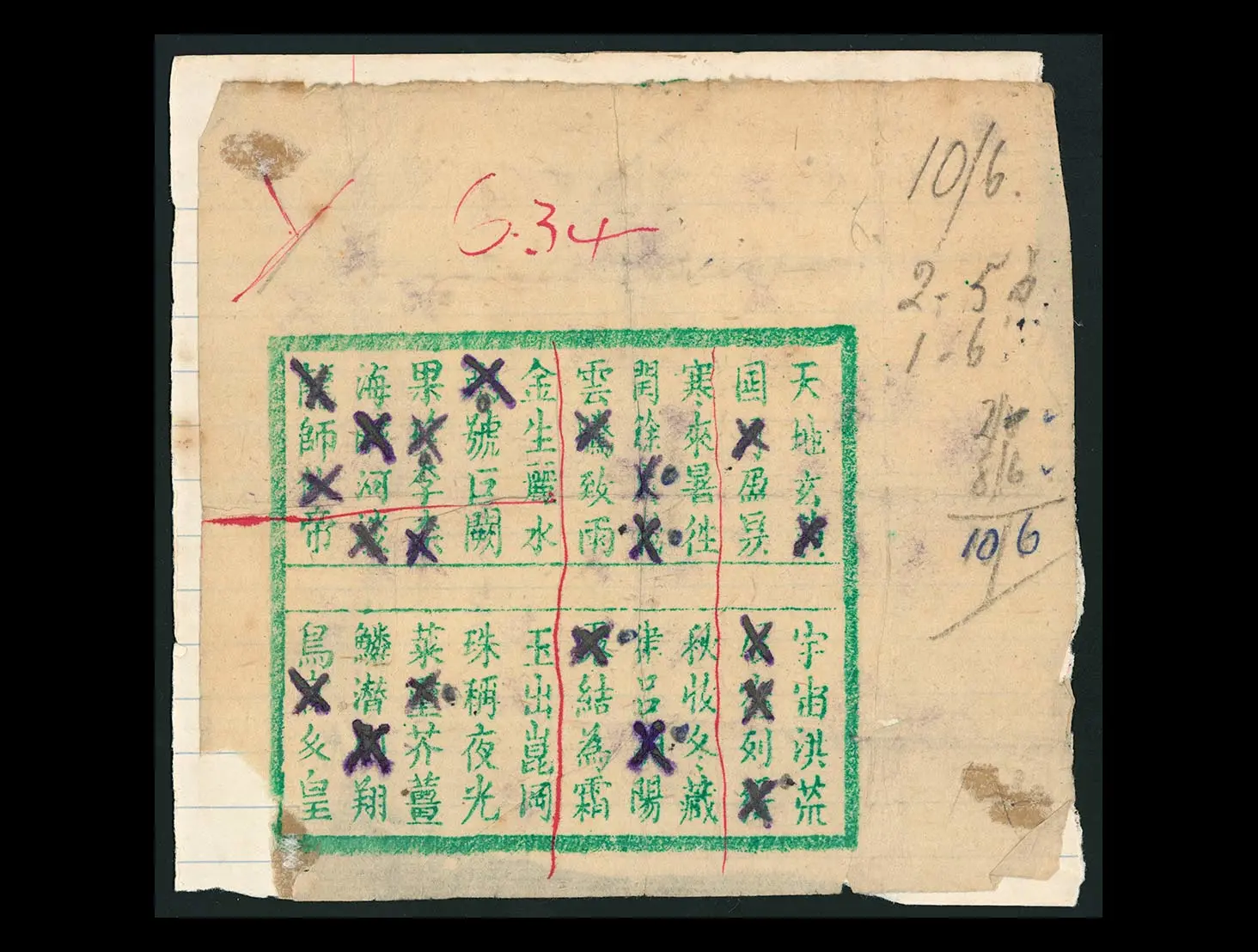Read a story about pakapoo and Wellington's early Chinatown community
Back in the days before Lotto, the TAB and even the art unions, there was pakapoo. From the late 1800s to the mid-1900s, this Chinese lottery drew thousands of non-Chinese participants on a regular basis to Haining Street, which at the time was the heart of Wellington’s Chinatown.
I spent the first year of my life in a Chinese laundry on the edge of Chinatown, but I had no idea of the reality of life in and around Tong Yan Gai, as Chinese people themselves referred to the street, until a relative encouraged me to record the stories of those who remembered it. So began the Haining Street Oral History Project in 1994. I interviewed Chinese and non-Chinese men and women, residents and visitors, workers, gamblers and police, all with a connection to the street.
What emerged was a fascinating story of cooperation and interdependence in a city community, contrasting with the exoticised and sensationalised images promoted by the press of the day. This is no better illustrated than by the organisation of, and participation in, pakapoo — bak gap biu 白鴿票 in Cantonese, or ‘white pigeon lottery’.
This game of chance was illegal between 1881 and 1974, even though other gambling games such as poker and two-up were openly played all over New Zealand. Despite this, Wellingtonians came in their hundreds to play, from all over the city and all walks of life. The lotteries were organised on a massive scale, with some saying that it seemed as if every other house in the street was involved. A 1914 newspaper headline trumpeted that a ‘ton of tickets’ was secured in a police raid.
To go in a draw, you paid the agent for up to 10 choices of Chinese characters on your 80-character ticket, marking them with a brush dipped in ink. The agent made a copy and kept it. Winnings were in proportion to the number of characters that matched the 20 selected on the master ticket held at the ‘bank’, the place where the organising syndicate was located. Runners couriered results around the neighbourhood. The game was similar to Lotto, except the odds were much better.
‘Like a pakapoo ticket’ was the insult interviewee Joy Matthews remembered a teacher flinging at her when her homework was not presented tidily enough. But Matthews also recalled, ‘If it hadn’t been for the pakapoo, the Chinese would have starved. If it hadn’t been for the Chinese, we would have starved.’ At a time when racism was rife in New Zealand and Chinese people were not widely accepted, the pakapoo world illustrated that the capital’s communities were indisputably interdependent.
Story written by: Lynette Shum
Copyright: Turnbull Endowment Trust
Find out more
Explore the Alexander Turnbull Library collections further:
Topic Explorer has Immigration to Aotearoa New Zealand.
Many Answers has Immigration (New Zealand).
Want to share, print or reuse one of our images? Read the guidelines for reusing Alexander Turnbull Library images.
